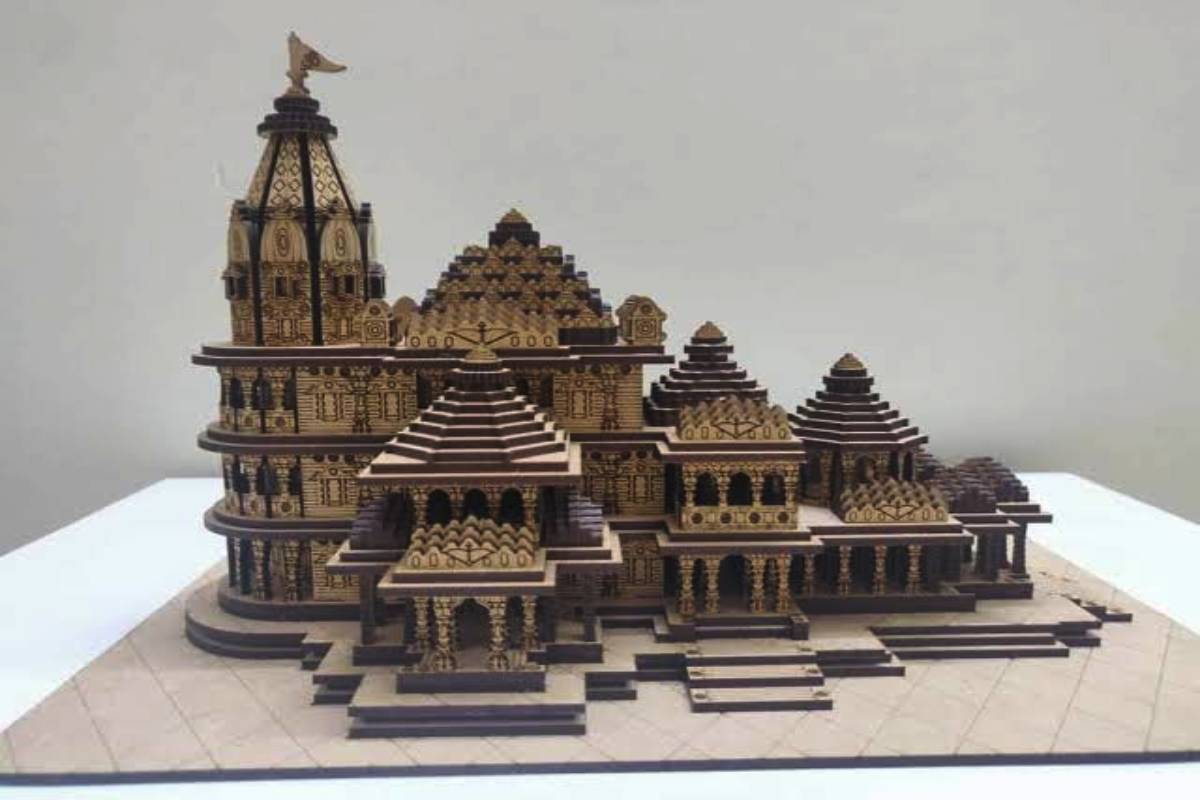Deepotsav ushers Ayodhya into Guiness Book of World Records on two counts
Ayodhya has set two milestones on Wednesday during Deepotsav 2024 after Lord Ram was enshrined in his birthpalace after 500 years of wait.

(File Photo)
The Ram Mandir, which is undergoing construction in Ayodhya has picked up pace in the last couple of days. The management of the trust has been asked to rope in more workers. At present about 550 workers are working to ensure that the construction of the shrine is completed in January 2024. Now another strong workforce of 1050 will be added to this number taking the total number of workers to 1,600.
Earlier, work was being carried out for 18 hours a day with workers working in different shifts. Now the same work is happening non-stop 24X7.
Right now, the workers are executing flooring and electrical works that have yet not been completed on the ground floor housing (garbha griha) where the idol of Lord Ram will be installed. A grand function to mark the consecration ceremony will be held in January next year.
Advertisement
As per the reports, the ground and first floors of the Ram Mandir will be done by early next year, most likely in January 2024.
According to the sources, the priority right now is to ready the ground floor by December and make it ready for the consecration ceremony. The work on the first floor too began about 10 days ago and its main structures and pillars will be completed by January. In January, it will also be partially open for the people to pay a visit to the temple. However, entry to the first floor will not be possible till March 2024.
As far as the outer walls of the complex are concerned, it will take nearly one-and-a-half years to complete the entire building. Sometimes, though there is disruption in work caused by the rain or inclement weather but indoor work has been going on uninterrupted.
Those at the helm say that work that entails carving is not carried out after sunset, while all other forms of work go on throughout the day.
The Ram Mandir issue was resolved after the Supreme Court judgment. The controversy earlier was that while the Hindus believed that it was the birthplace of Lord Ram, Babri Masjid had been built on that precise site. That the mosque was built after demolishing the temple is what made it controversial.
Advertisement